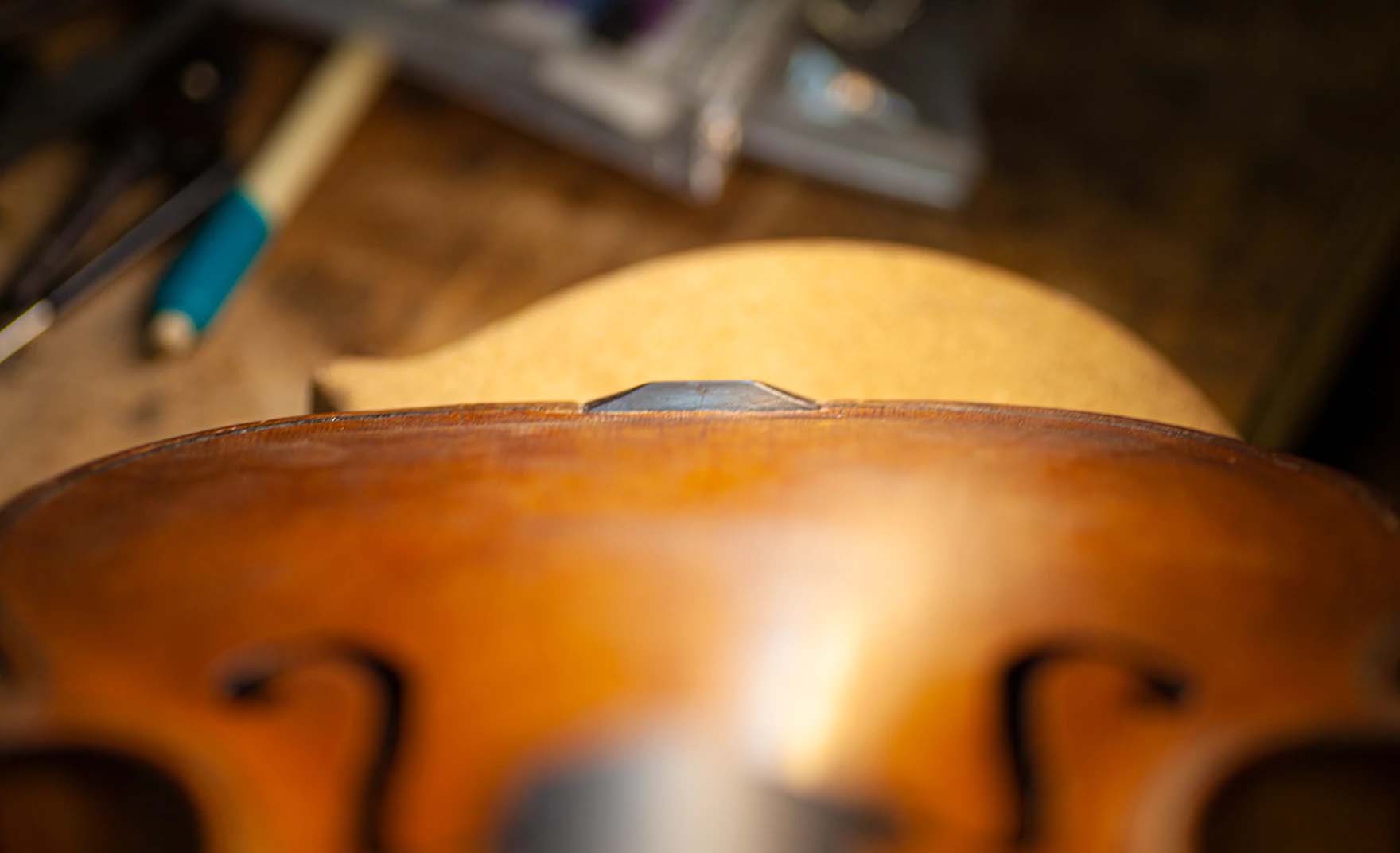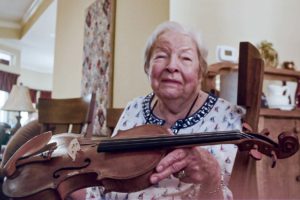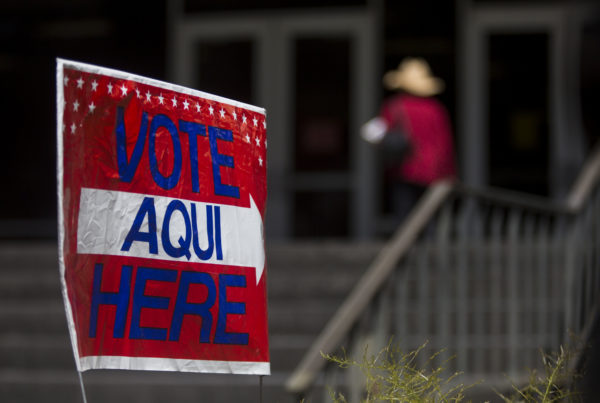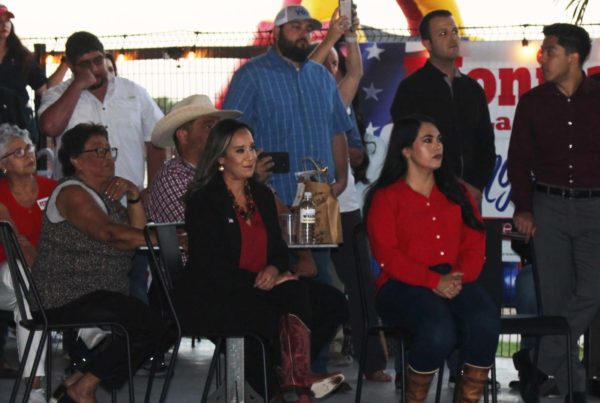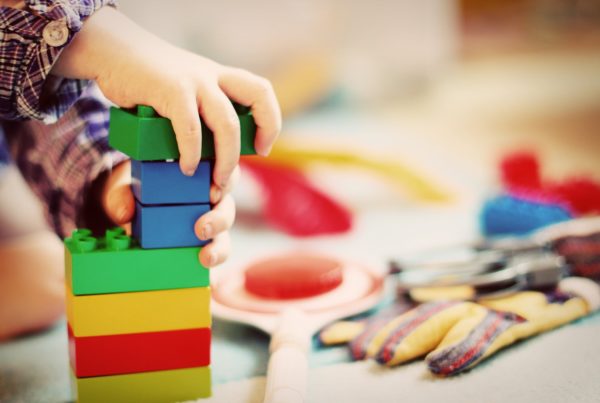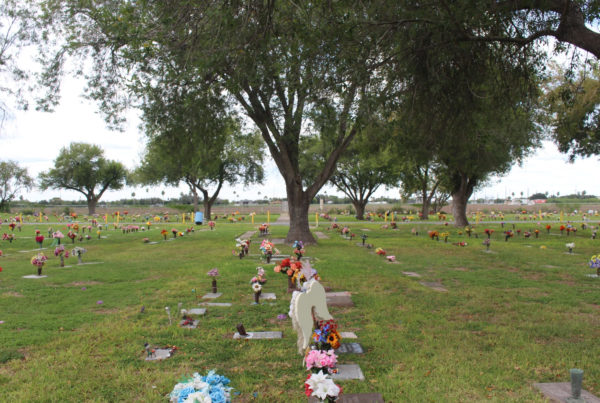From KUT:
Robert Hunter wasn’t famous. The man who lived in Far West Texas didn’t make a name for himself as an instrument-maker, but he does have a legacy.
Ever since he was a young man, Robert loved to make things.
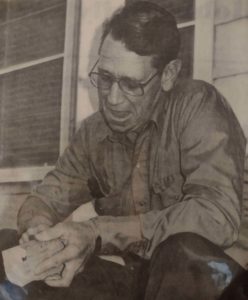
Robert Hunter began making a violin nearly 50 years ago in Seminole, Texas.
Photo by Susie Ross
In grade school in Oklahoma, his grandfather gave him a pocketknife.
“And he would carve things, whittle in school and the teacher would have to take his knife away from him,” says Lurline Hunter, Robert’s wife.
His family recalls stories of how he salvaged an old, burned-up rifle when he was just 7 years old. He fixed it up, made a new stock and in no time, it could shoot again.
But there was one thing that always captured his imagination above all else: the violin.
“He’s always loved fiddle music and he never learned to play. But he loved to hear it, you know?” said Lurline. (A fiddle and a violin are the same instrument — the joke goes that a violin has strings and a fiddle has strangs.)
Robert would go to fiddle shows, fiddle contests — his favorite player was Junior Daugherty. He loved the song “Faded Love.”
After one of those contests, Robert got it into his head that he wanted to build a fiddle. No one can quite remember exactly when that was — sometime in the ’70s, probably. But he had no idea how to build one. So he bought a book, “How to Make Your Own Violin” by Leroy Geiger, and got to work.
Not only was Robert a skilled woodworker, but he was also a machinist by trade — he worked for El Paso Natural Gas — and so he made a lot of the tools for making his violin. He also made the varnish from the sap of a Russian olive tree. He’d work on it for a week or so and then set it aside and come back to it later.
Chipping away at the project in small bites, the weeks passed. Then years. Then decades.
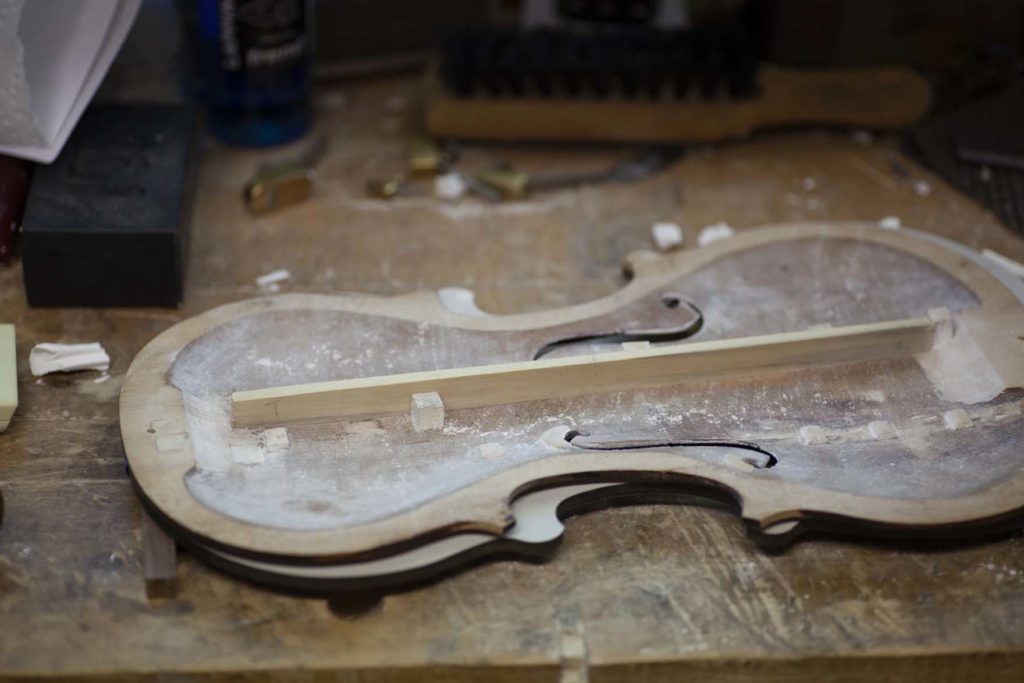
The front plate of Robert Hunter’s violin.
Photo by Julian Cossmann Cooke
Robert Hunter died in 2018. His violin was still unfinished — a bunch of carefully crafted parts in a box.
After he died, his daughter, Susie, went to stay with her mom where Lurline and Robert lived out in Seminole, Texas, near the New Mexico border. They came across the unfinished violin. They couldn’t just get rid of it, of course. So Suzie brought it back to Georgetown where she and her husband, John, live.
They wondered if they could get someone to finish it.
“I got a phone call from John and he said, ‘I’ve got this fiddle — well, I’ve got this box full of fiddle parts,'” recalls Julian Cossmann Cooke, a violin-maker in Austin. “The minute I looked in the box, I thought, I just have to do this project.”
Julian admired the skill and craftsmanship of the pieces. So he consulted the book that Robert had used as a blueprint and decided rather than trying to finish the instrument like he might normally do, he would try to preserve as much of the intent of the original maker as possible. And he went to work.
He worked off and on for a year, assembling the pieces he had and making the ones that he didn’t. Finally, last month — on Labor Day — Robert’s family gathered in Georgetown for the big reveal.
Lurline came in from Seminole to see the finished violin and hear it played for the first time.
They invited Rick McRae, who played guitar for country star George Strait, to test it out. The family sat on big cushy couches and leaned in to hear what this fiddle — 50 years in the making — sounded like.


